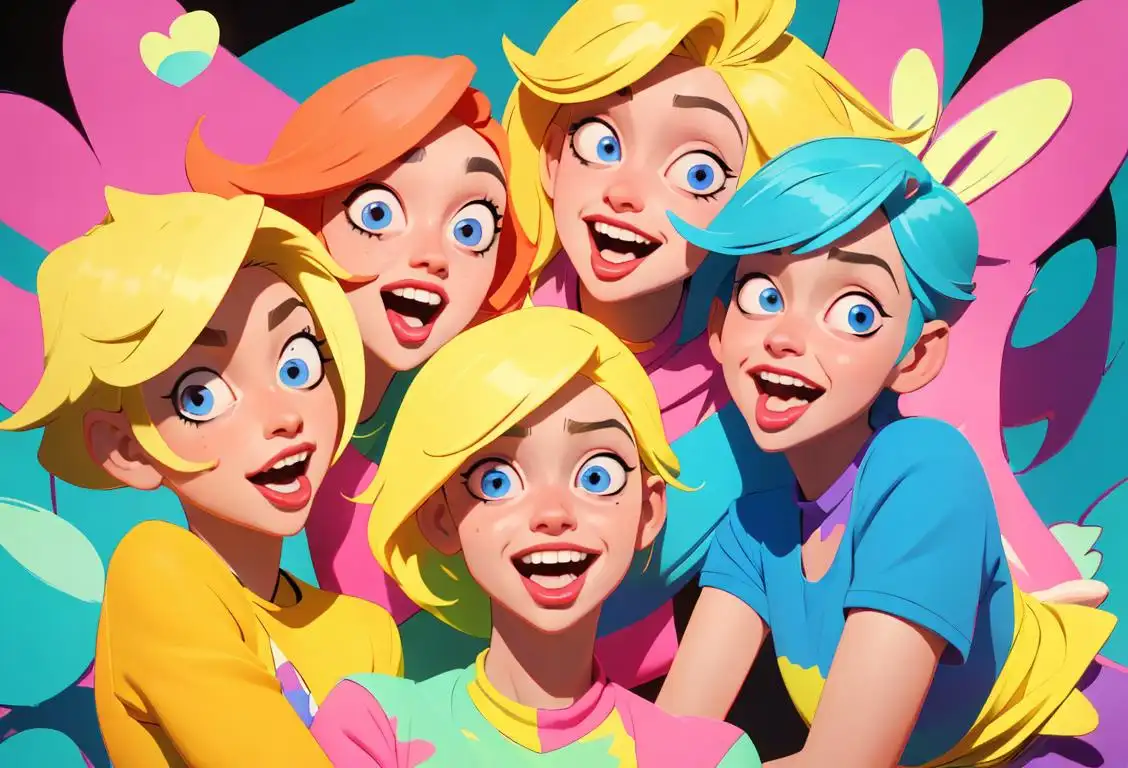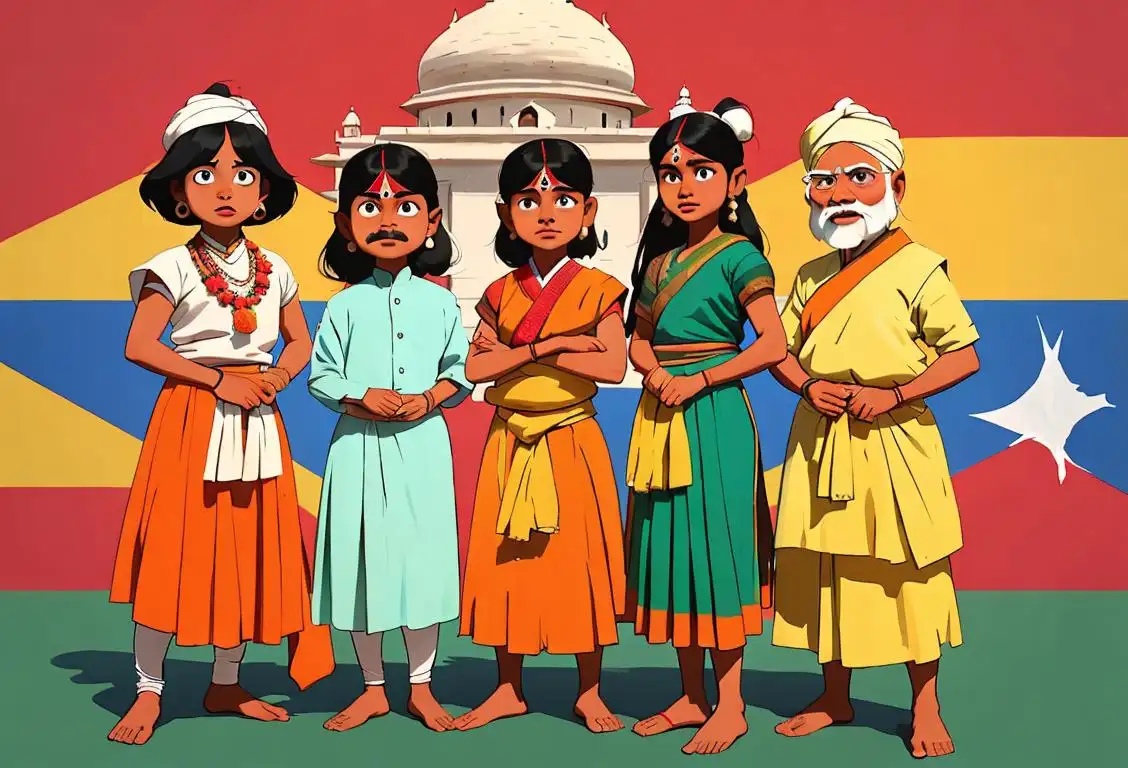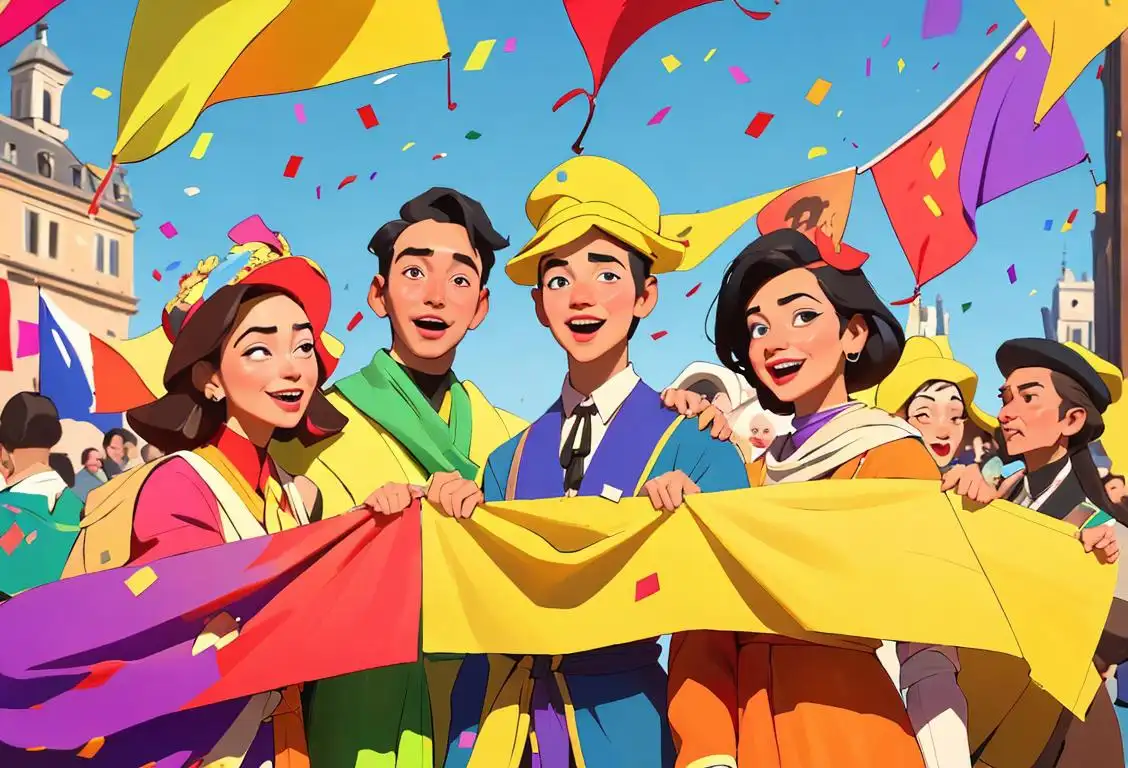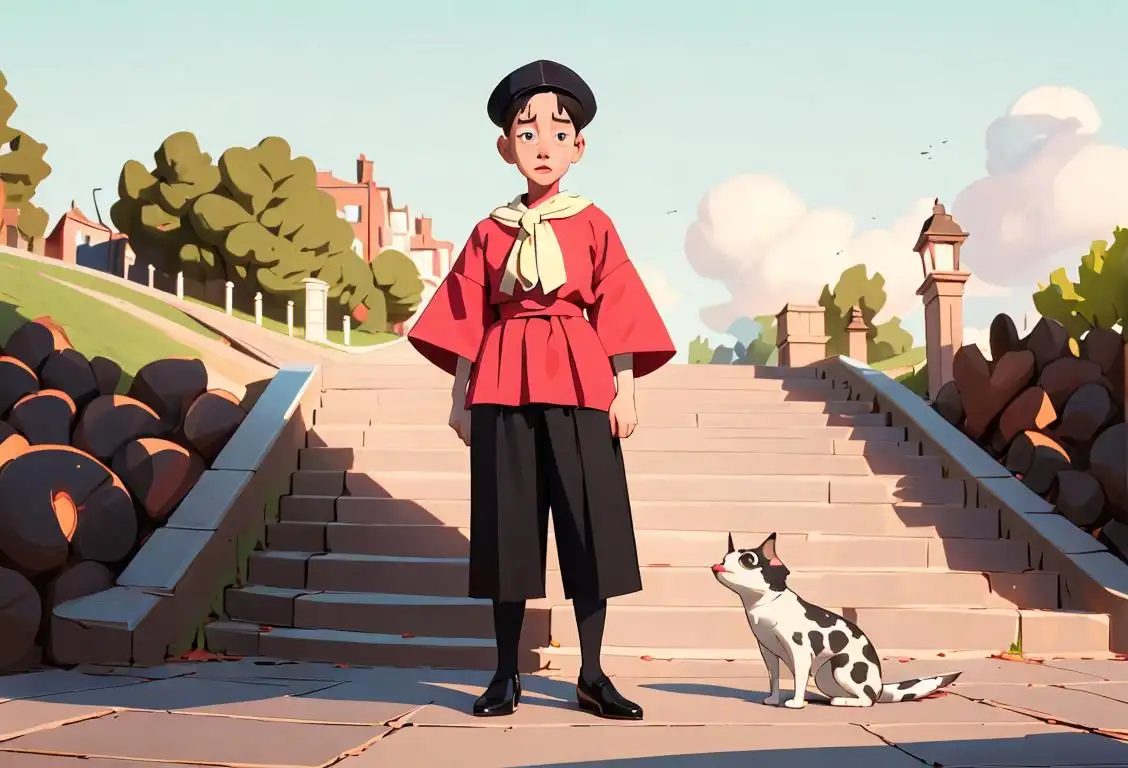National Tongue Twister Day

Welcome to the wacky world of National Tongue Twister Day! Get ready to twist your tongue and tie your brain in knots as we dive into the delightful history of this hilarious holiday. Whether you're a wordsmith looking to challenge your linguistic skills or simply enjoy a good laugh, this day is sure to tickle your funny bone. So grab a glass of water and let's get tongue-twisting!
When is Tongue Twister Day?
It's national tongue twister day on the 8th November.
The Origin Story of National Tongue Twister Day
While the exact origins of National Tongue Twister Day are shrouded in mystery (and probably a few twisted tongues), it's believed to have emerged in the depths of the internet in celebration of the wondrous world of tongue twisters.
Tongue twisters themselves have been around for centuries, amusing and confusing people of all ages. These delightful phrases are designed to trip up even the nimblest of tongues, showcasing the linguistic gymnastics we humans are capable of.
National Tongue Twister Day is a perfect opportunity to pay homage to these linguistic acrobatics and challenge ourselves to conquer the most perplexing wordplay.
Twist Away with Some Classic Tongue Twisters
Now that we're fully immersed in the spirit of National Tongue Twister Day, it's time to put our linguistic skills to the test! Here are a few classic tongue twisters to get your tongue tied up in knots:
- How can a clam cram in a clean cream can?
- Peter Piper picked a peck of pickled peppers.
- She sells seashells by the seashore.
- How much wood would a woodchuck chuck, if the woodchuck could chuck wood?
- Unique New York, Unique New York, Unique New York!
Remember, the goal is to say them as quickly and accurately as possible without tripping over your words. And don't worry if you stumble – it's all part of the fun!
History behind the term 'Tongue Twister'
1562
The Birth of Tongue Twisters
The term 'tongue twister' was first coined in 1562, referring to a type of phrase or sentence that is difficult to articulate clearly. These playful linguistic challenges gained popularity as a form of amusement and entertainment.
19th Century
Nursery Rhymes and Increased Popularity
During the 19th century, nursery rhymes and children's literature began to heavily incorporate tongue twisters. Not only did this enhance linguistic skills among children, but it also added an element of fun and enjoyment to their learning experience. This led to an increased interest in tongue twisters among both children and adults.
Early 20th Century
Tongue Twisters in Performing Arts
In the early 20th century, tongue twisters found their way into various forms of performing arts. Vaudeville performers, actors, and comedians started incorporating tongue twisters into their acts to captivate audiences with impressive vocal dexterity. This further popularized tongue twisters as a form of entertainment.
1930s
Peter Piper and Worldwide Recognition
In the 1930s, the tongue twister 'Peter Piper' gained widespread recognition. This phrase, which revolves around the alliterative repetition of the letter 'p,' became one of the most well-known tongue twisters around the world. Its popularity contributed to the universal appreciation and use of tongue twisters as a linguistic challenge and source of amusement.
Modern Era
Tongue Twisters in Speech Therapy and Language Learning
In the modern era, tongue twisters have taken on additional significance beyond entertainment. They are now widely used in speech therapy and language learning programs to improve pronunciation and assist in language acquisition. Tongue twisters provide a playful and engaging way for individuals to practice and master difficult sounds and patterns, enhancing their overall language skills.
Did you know?
Did you know that the Guinness World Record for the most difficult tongue twister is held by 'The sixth sick sheik's sixth sheep's sick'? Good luck trying to say that five times fast!Tagged
fun languageFirst identified
8th November 2016Most mentioned on
8th November 2019Total mentions
30Other days
H Word Day
Language In India One Day
Dictionary Day
G Day
Kiy Day
The Day
Talk Like A Pirate Day
American Sign Language Day
Ampersand Day
Teach German Day









